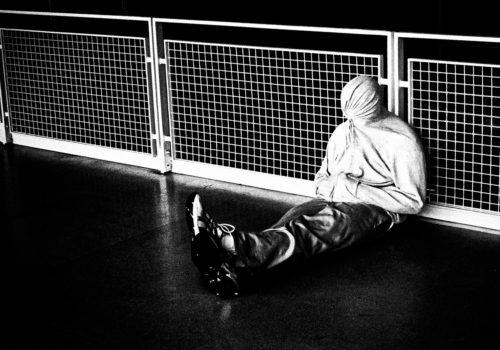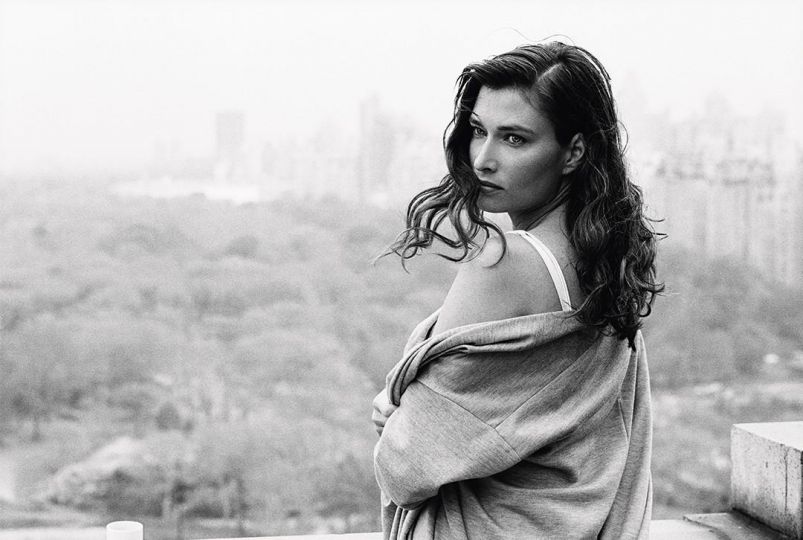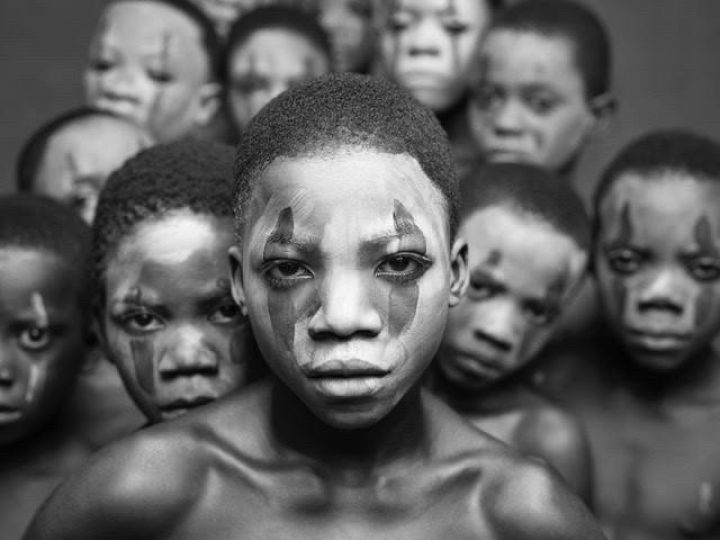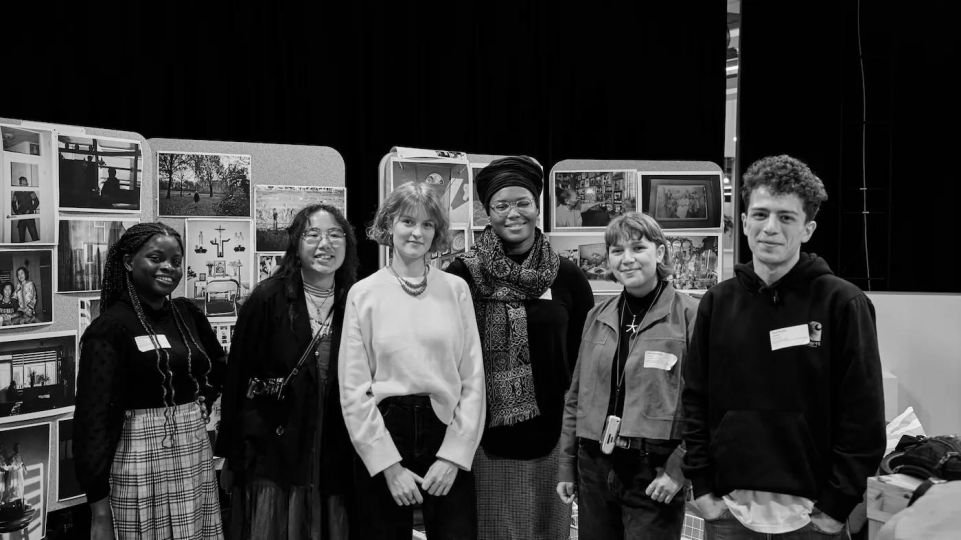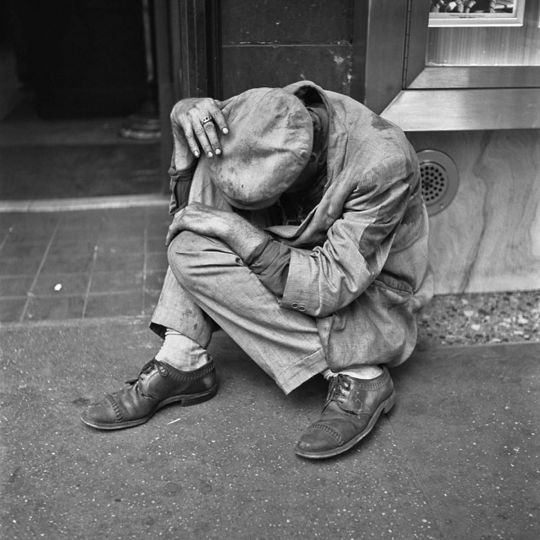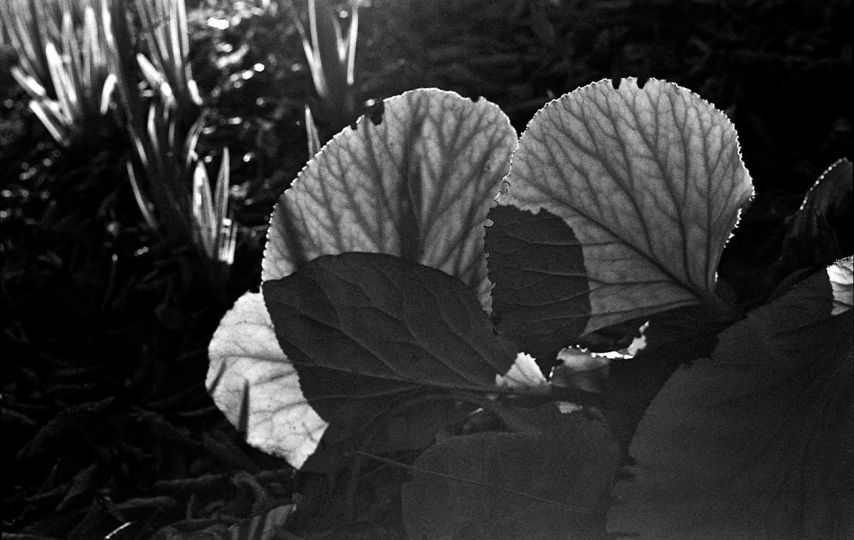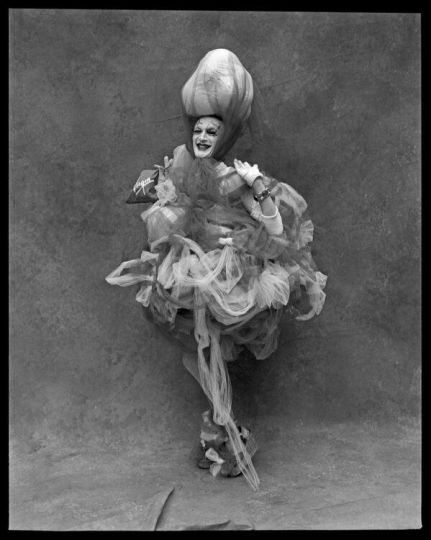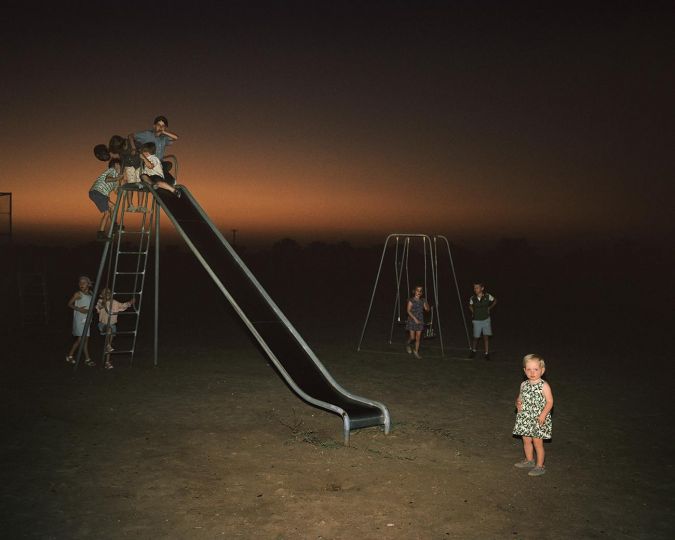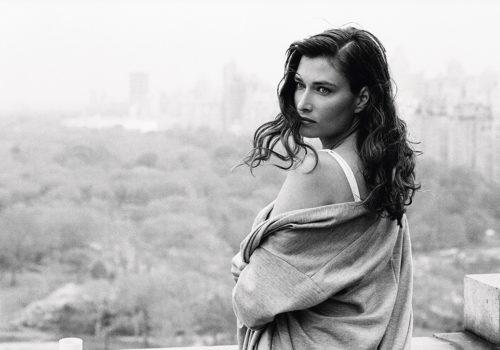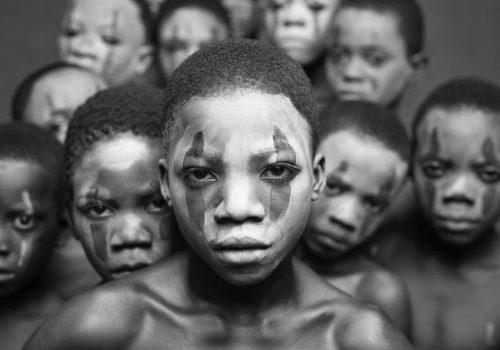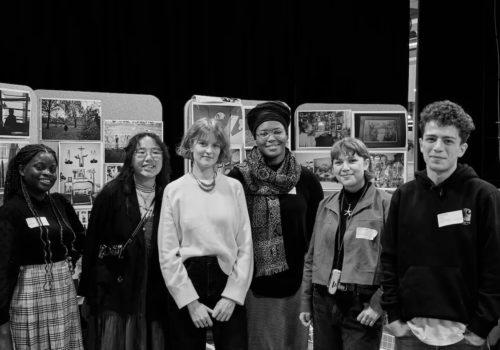David Nissen annonces the publishing of his 5th photo book « Shadow’s Praise » by IIKKI BOOKS. It is a result of the dialogue between the photographic works by David Nissen and the music artist Akhira Sano, initiated by IIKKI & LAAPS label, between September 2022 and February 2023.
Photography & Cinematography
Caught between its function of communication and its referential relationships with the plastic arts, cinema photography submits a whole sophisticated technology to the demands of a gaze. Through this message, could we affirm that the cinema medium is the image and that the image is photography?
As a director of photography, a member of the AFC, and a passionate photographer, I do not do my photography on film but rather that of film, a film of which all the components have been thought out to contribute to establishing a plastic impression, the “message” passes exclusively through the image; the one that speaks to the viewer. Photography at the service of the staging, itself at the service of the story, that a focal length changes, that a diaphragm changes and the universe rocks, causing a radical modification of the story.
The director of photography works in close collaboration with the director, so the latter works on his staging while the former takes care of the imaging, a double look in and next to the eyepiece. The technique is certainly very important, it is necessary to master it to forget it because it does not constitute in itself our means of expression, it is our point of view, our eye which is important, and the way we use it.
If cinema and photography have a marked tendency to intersect, it is because there are affinities and contrasts between them that bind them by nature. The photographic image being consubstantial with the cinematographic image, there are relations of opposition at the level of the modes of existence of their images for a spectator: on the one hand the animated images, in sequence, projected, temporalized..on the other, the single fixed image, printed, not temporalized. As a result, everyone can try to approach the other, cinema proves the experience of photographic fixity with the freeze frame, while photography experiences cinematographic sequentiality with the representation of movement with the effects of shaking or spinning his photos.
A brief historical and technical reminder makes it possible to establish that the similarities are due to the fact that photography is the fundamental material element at the base of cinema: the cinematographic photogram is by nature a photographic image.
With the photo, the spectator generally has a close relationship, which allows him to enter into a relationship with it by sight and touch: the photograph is an image that the spectator can hold in his hands to look at it, he is somehow physically “attached” to the image. This attachment is physical, allowed by the small size.
With the cinema, the spectator has a relationship of relative remoteness and comes into contact with it by sight and hearing. This distancing, this physical detachment, this border between the viewer and the film that the large format facilitates, the viewer’s gaze “plunges” into the image.
For the photo, this place is above all a private, intimate, enlightened environment in which it has an assigned place, it is arranged, collected, hung… the viewer does not really have to move, he can freely choose the moment of reading and manipulating the photo, the viewer has a certain hold over the photo.
For the film, the place is often a public space, specially designed and dark, the spectator must move, “we are going to the cinema” take his place and a seated position, motionless, passive. The moment of reading is programmed, the viewer has no control over the film.
David Nissen
David Nissen : Shadow’s Praise
Edition of 500 numbered copies including 20 collectors, and also a vinyl and a CD
https://www.davidnissenphoto.com/shadows-praise
https://www.instagram.com/david_nissen/

